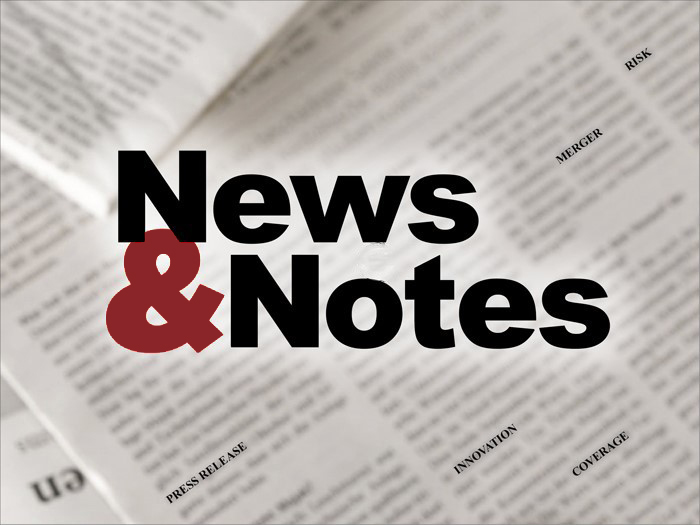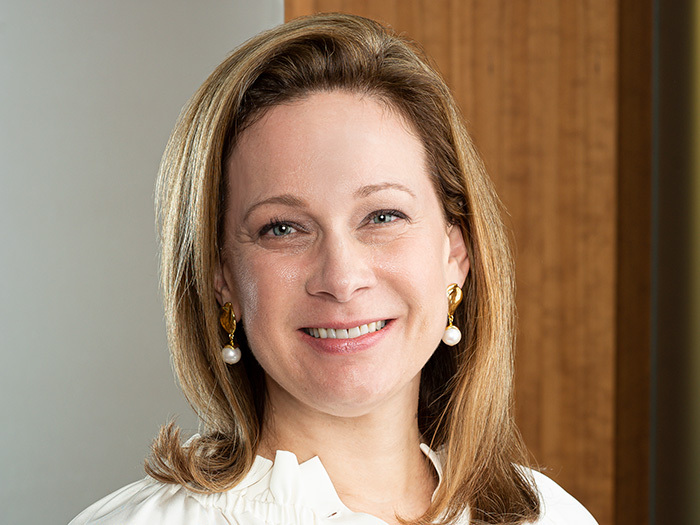Merger Master Dave Taylor Melted Siloes and Brought Three Companies into One Seamless Workers’ Comp Program

When large corporations combine, there is by nature a great deal of activity. But “activity is not achievement,” according to Dave Taylor, senior director of workers’ compensation for Charter Communications.
Several years ago, Charter acquired two other large companies. The combined entity had almost 100,000 employees averaging 5,000 workers’ compensation claims a year. At any given time, there were several thousand open cases.
That situation by itself would be a challenge, but the two acquired companies had been on the block for a couple of years. Claims management had not been a priority.
“There were three companies and three ways of doing things,” Taylor said. “We needed to start fresh, maybe from scratch, to rebuild the workers’ comp system, even the whole risk management system, as one operation for a large central organization.”
The process went well but was not without a few bumps.
“We had to melt down considerable portions,” said Taylor. “There were very different philosophies and structures. For example, one program had been more aggressive than the other two. We incorporated elements of each one with a completely new work flow and new team. We believe in continuous improvement, so we are never ‘done,’ but the program today is the one we envisioned.”
Taylor stressed that getting the best care for sick or injured workers was always the first priority. Even if that was more expensive in the instance, the long-term benefits to the employees and to the organization were better off.
“Dave’s efforts resulted in improvements in key metrics,” said Rob Flynn, partnership executive at ESIS, Charter’s TPA.
“That includes the most prized by Charter senior management: Tens of millions of dollars in reduction of workers’ compensation booked loss reserves from the Charter actuaries. The reclaimed millions of dollars were then used to strengthen loss prevention efforts in safety training and equipment. The end result is that 80% of the existing takeover has resolved, and the current life cycle of managed medical and indemnity claims are better than industry standards.”
Returning to first principles, Taylor reiterated the single priority was to get the best care for the workers in a collaborative approach to absence management.
In particular, he noted transitional duty, which had not been used before, and common-sense implementation.
One example was to set a cap on claims for each adjuster so they can be fully engaged with each obligation and to provide them automatically with basic information on the claim rather than making them have to ask for it.
Taylor is thankful to his team and to senior management, as well as service providers and underwriters. “Support from all of those was essential,” he said.
“We had to do things differently, and after a little initial resistance in a few places, we got the people in place who were going to make it work.” &
 Every year, Risk & Insurance selects deserving candidates to become Risk All Stars. These are risk managers who, through their perseverance, passion and creativity, make a big difference to the stability of their organizations.
Every year, Risk & Insurance selects deserving candidates to become Risk All Stars. These are risk managers who, through their perseverance, passion and creativity, make a big difference to the stability of their organizations.
See all the 2021 Risk All Star Winners here.










